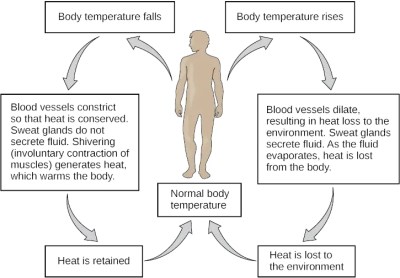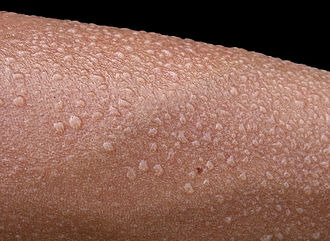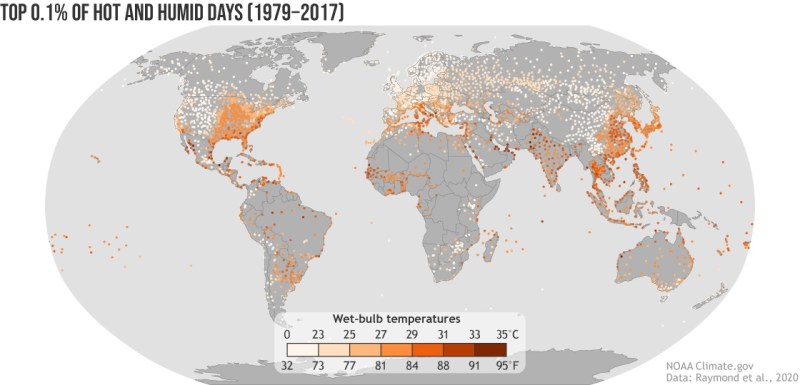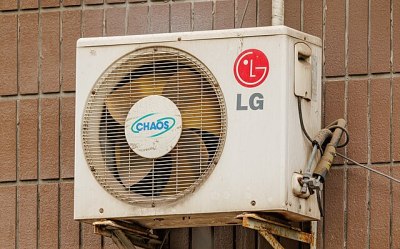Territories across the northern hemisphere are suffering through record-breaking heatwaves this summer. Climate scientists are publishing graphs with red lines jagging dangerously upwards as unprecedented numbers pour in. Residents of the southern hemisphere watch on, wondering what the coming hot season will bring.
2023 is hinting at a very real climate change that we can’t ignore. As the mercury rises to new heights, it’s time to educate yourself on the very real dangers of a wet bulb event. Scientists predict that these deadly weather conditions could soon strike in the hottest parts of the world. What you learn here could end up saving your life one day.
Hot Bodies

To understand the danger of a wet bulb event, we must first understand how our bodies work. The human body likes to maintain its temperature at approximately 37 °C (98.6 °F). That temperature can drift slightly, and the body itself will sometimes move its temperature setpoint higher to tackle infection, for example. The body is a delicate thing, however, and a body temperature above 40 °C (104 °F) can become life threatening. Seizures, organ failures, and unconsciousness are common symptoms of an overheating human. Death is a near-certainty if the body’s temperature reaches 44 °C (112 °F), though in one rare case, a patient in a coma survived a body temperature of 46.5 °C (115.7 °F).
Thankfully, the body has a host of automated systems for maintaining its temperature at its chosen set point. Blood flow can be controlled across the body, and we instinctively seek to shed clothes in the heat and cover ourselves in the cold. However, the bare naked fact is that one system is most crucial to our body’s ability to cool itself. The perspiration system is vital, as it uses sweat to cool our body via evaporation. Water is a hugely effective coolant in this way, with beads of sweat soaking up huge amounts of heat from our skin as they make the phase change from liquid to vapor.
Heat Kills
Our body’s inbuilt cooling system is an amazing thing. In extremely dry, low-humidity conditions, humans can survive surprisingly high temperatures. With adequate hydration, ambient temperatures pushing up against 50 °C (122 °F) could potentially be survivable for some time. The body would sweat and thus would be able to maintain a safe internal temperature.
The problem is that the body’s ability to cool itself rapidly falls apart when the humidity rises. This is why scientists talk about dry bulb and wet bulb temperatures. A wet-bulb temperature is taken with a thermometer that is covered in water soaked cloth with air passed over it for evaporative cooling. At low humidity, wet bulb temperatures are significantly lower than dry bulb temperatures as the water cools the thermometer. At 100% humidity, the wet bulb and dry bulb temperatures are the same as evaporative cooling is no longer possible.
Humans are victim to the same phenomenon. Once the air is saturated and can hold no more water, our bodies can no longer effectively cool themselves by sweating. This is why humid climates often feel hotter than drier ones. It’s not the heat, it’s the humidity.

The danger comes when the wet bulb temperature rises high enough that it threatens our ability to keep our bodies at a safe internal temperature. A study in 2010 theorized that a wet bulb temperature of 35 °C could be fatal for humans and other similar mammals in as little as six hours. At the time, wet bulb temperatures around the world did not exceed 31 °C.
More recent work at Penn State University, however, suggests the limit could be even lower. It tested the 35 °C (95 °F) wet bulb survivability threshold using young, healthy subjects in a laboratory environment. It aimed to determine an accurate critical temperature at which heat stress becomes unavoidable for a healthy human being. The study found much lower critical temperatures for humans operating at even low metabolic rates, on the order of 31 °C (88 °F) in warm, high-humidity environments. In hotter, drier environments, the survivable wet-bulb threshold temperature was actually lower, around 25 °C to 28 °C (77 °F to 82 °F). This was put down to the extra heat input to the body from the hotter ambient conditions, and the fact the wet bulb temperature drops significantly in conditions where evaporative cooling works. The study indicated that there was no one-size fits all limit for all conditions, but that wet bulb temperatures of 31 °C (88 °F) were a critical upper limit beyond which humans could not adapt.
It also bears noting that these are ideal figures, predicated on young, fit, and healthy individuals. Aged individuals, those with weak hearts, and other conditions can all die under less extreme circumstances. High heat and humidity force the heart to work harder, and can be enough to overwhelm those with existing issues.
Survival OR: How I Learned to Stop Worrying And Love Air Conditioning

briefly rise to levels that threaten human life. Credit: NOAA Climate.gov, Raymond et al., 2020
If weather conditions in your area combine high temperatures with high humidity and the news is talking about an imminent “wet bulb event,” you’re in trouble.

As long as humidity is below 100%, there is some gain to be had by using fans and water to cool yourself off. Forget about using your swimming pool though; any heatwave of more than a couple of days will have heated it to bathtub temperatures. The closer the humidity gets to 100%, the less these methods will work.
In the worst conditions with humidity maxed out, your primary hope for survival will be air conditioning. Proper refrigerant-based air conditioners can remove heat from your home and cool it below ambient temperature regardless of humidity. They will become absolutely vital in the hottest parts of the world. Forget your swamp coolers, evaporative air conditioners, and fans—they will do precisely nothing to cool you off at this point.
If high wet bulb temperatures become common, expect heat-related deaths to skyrocket under such conditions. It’s easy to imagine shopping centers and other large public buildings serving as emergency refuges for citizens without access to air conditioning. Getting there would be a challenge in itself in a hot car or bus. A failed air conditioner could quickly spell doom in an extended-length event.
State of Play
As the world is rocked by intense heatwaves this summer, it bears looking at the current data on wet bulb events. Climate data has shown that wet bulb temperatures of over 30 °C (86°F) doubled between 1979 and 2017. Over that same time, there were around a thousand occurrences of wet bulb temperatures exceeding 31 °C (88 °F). Since 2005, extreme wet bulb temperatures exceeding 35 °C (95 °F) have occurred only a handful of times across the world, in hot subtropical areas like Pakistan and the Persian Gulf. In these cases, it has been for short periods of time, but it shows that these conditions are very real in our modern climate.
Efforts to halt and reverse climate change are of vital importance. In time, we could see huge swathes of the world become uninhabitable due to temperatures literally too extreme to survive in. We’re seeing the prelude to this future today, and it ought to push all of us to act to prevent it.















How about a comment that has nothing to do with the climate gange ‘debate’?
(Not that there is an actual debate. It’s just people who are willing to look at evidence, and people who are not.)
The average human temperature isn’t 98.6, and it hasn’t been in a LONG time.
It is now closer to 97.3 degrees.
It’s not the 1870s anymore.
A daily peak temperature is not the same thing as a temperysustained for several hours
*temperature